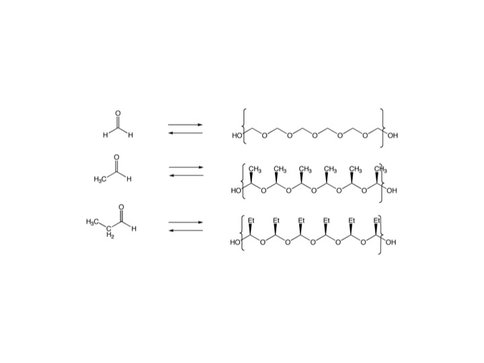2012 Annual Science Report
 NASA Jet Propulsion Laboratory - Titan
Reporting | SEP 2011 – AUG 2012
NASA Jet Propulsion Laboratory - Titan
Reporting | SEP 2011 – AUG 2012
Task 3.5.1 Titan Genetics
Project Summary
This project seeks to determine what chemical structures might support the genetic component of Darwinian evolution in Titan environments.
Project Progress
Co-Investigator Steven Benner and colleagues have asked: What chemical structures might support the genetic component of Darwinian evolution in Titan environments? Two environments have been explored. The first is the hydrocarbon ocean on the surface of Titan, which holds methane-ethane-propane mixtures at 90-100 K. The second is the hypothetical liquid environment below the surface, which may be a mixture of water and ammonia, perhaps the eutectic with 30% ammonia, which is liquid at 180 K.
These environments pose three problems for genetic materials. First, those materials must dissolve. Second, the dissolved genetic materials must be able to change their structure without changing dramatically their properties, including solubility. Last, the genetic materials must be able to form at low temperatures, preferably from substances likely to be available on Titan. For example, arsenate diesters, which are too unstable in water at terran temperatures (300 K) would have the appropriate level of stability in water-ammonia eutectics. Further, the repeating charge on a polyarsenate polymer would provide it the ability to change its information content without having its properties change substantially.
Obtaining an easily synthesized, mutable biopolymer for Titan’s surface oceans has been a greater challenge. Here, they used a theory that they proposed a decade ago that requires that one end of the dipole uniformly protrude in those biopolymers. This, they proposed, may be achieved in alkane cryosolvents on Titan by biopolymers having the structures -{O-CHR-O-CHR}- and -{O-CHRCH2-O-CHRCH2}- (Figure 1).
Figure 1. Hypothetical genetic material that dissolves in hydrocarbon solvents at low temperature that might be accessible from compounds known to exist on Titan.
With respect to arsenate DNA at low temperatures in water-ammonia mixtures, the experimental data are now clear: They are formed, and they are kinetically more stable at low temperatures. However, the equilibrium of formation is not particularly favorable in water, even at low temperatures enabled by an antifreeze agent (such as ammonia), and certainly not to an extent required to support a genetic system. Further, evolving models for the hypothesized sub-surface aqueous bodies on water suggest that they may not be all that cold. Thus, they believe that this work lays to rest this proposal for a genetic material based on arsenate in Titan’s subsurface oceans.
The polyether hypothesis cannot be discarded so easily. They have now developed a system that can, they believe, produce publishable numbers for the solubility in cryo-propane of compounds having the formula -{O-CHRCH2-O-CHRCH2}-. The solubilities are low, but not vanishingly so.
With respect to biopolymers having the structure -{O-CHR-O-CHR}-, the principal challenge arises from their instability. They are, basically, “paraformaldehyde” polymers. As such, they fall apart rapidly at 300 K, and cannot be easily made. Benner and colleagues, however, resolved this problem by a capping reaction (with acetic anhydride). Their solubilities are now being examined.
Publications
-
Foster, P. L. (2011). Comment on “A Bacterium That Can Grow by Using Arsenic Instead of Phosphorus”. Science, 332(6034), i–1149. doi:10.1126/science.1201551
-
PROJECT INVESTIGATORS:
-
RELATED OBJECTIVES:
Objective 2.2
Outer Solar System exploration
Objective 3.2
Origins and evolution of functional biomolecules
Objective 4.2
Production of complex life.
Objective 6.2
Adaptation and evolution of life beyond Earth

